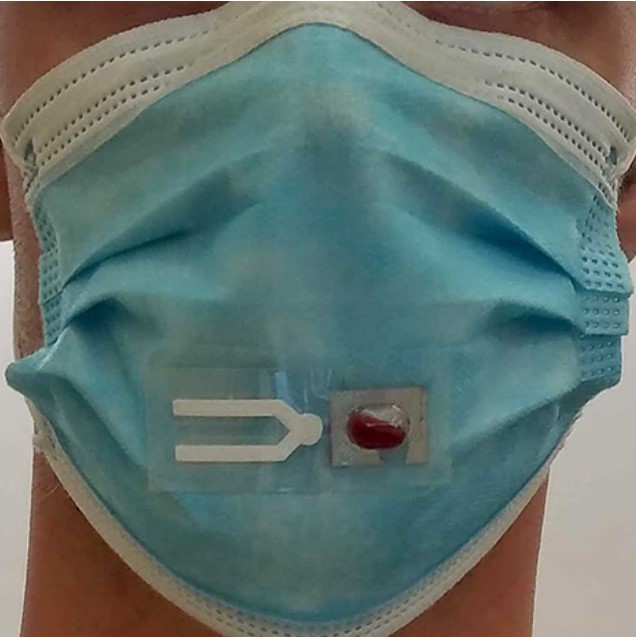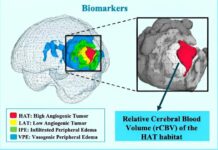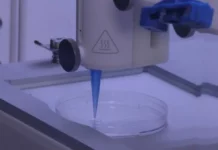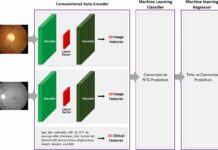What if we get a strip sensor for the mask to detect COVID-19 in the breath we exhale?
With the recent pandemic, wearing a mask has become a norm. In fact, many countries across the globe have made it mandatory to wear a mask. The aim is to minimise the spread of COVID-19. What can be better than utilising the mask to detect the culprit? This can have the 2-in-1 benefit of mask! Researchers at the University of California, San Diego are developing a wearable strip sensor for the mask to detect COVID-19. In other words, the sensor would stick to the mask (any mask: surgical, N95, etc), so it would detect biomarkers that indicate the presence of SARS-CoV-2!
Jesse Jokerst, professor of nanoengineering at the UC San Diego Jacobs School of Engineering and lead principal investigator of the project, said:
“In many ways, masks are the perfect ‘wearable’ sensor for our current world. We’re taking what many people are already wearing and repurposing them, so we can quickly and easily identify new infections and protect vulnerable communities.”
Infected individuals potentially exhale specific proteases (enzymes that speed up the breakdown of proteins) that are related to the COVID-19 virus. Therefore, the sensor on the mask can detect those proteases when the breath of the infected person would come in contact with the strip on the mask.
This sensor is in the form of a strip, quite similar to the strip of the pregnancy test with a small blister pack compartment. It would give the results when the wearer would desire. The user can simply squeeze on the blister pack. Consequently, the special nanoparticles of the strip would mix with the proteases present in the exhaled breath that would be present on the strip’s surface. If the user is infected with the virus, the strip would change its colour.

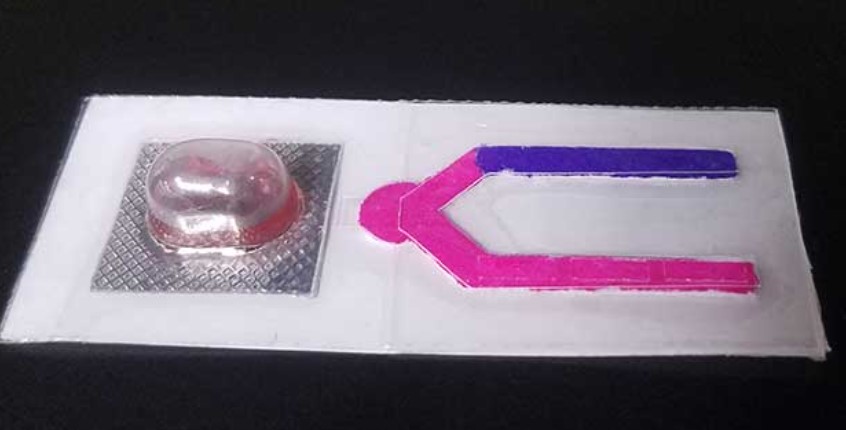
However, this cannot replace the PCR laboratory test. It can act as a screening test and would help in monitoring the virus in an efficient way. The researchers aim to make the strip sensor worth a few cents only so every individual can afford it.
Jesse Jokerst said:
“Think of this as a surveillance approach, similar to having a smoke detector in your house. This would just sit in the background every day and if it gets triggered, then you know there’s a problem and that’s when you would look into it with more sophisticated testing. We want this to be affordable enough for daily testing”

